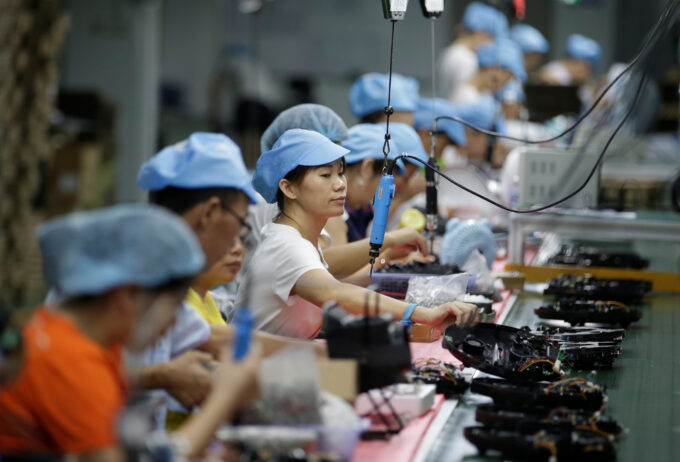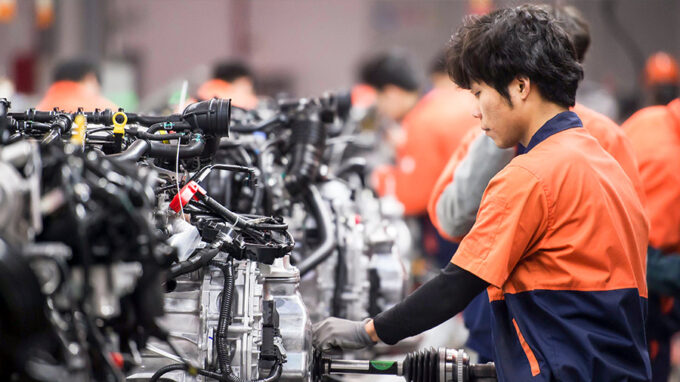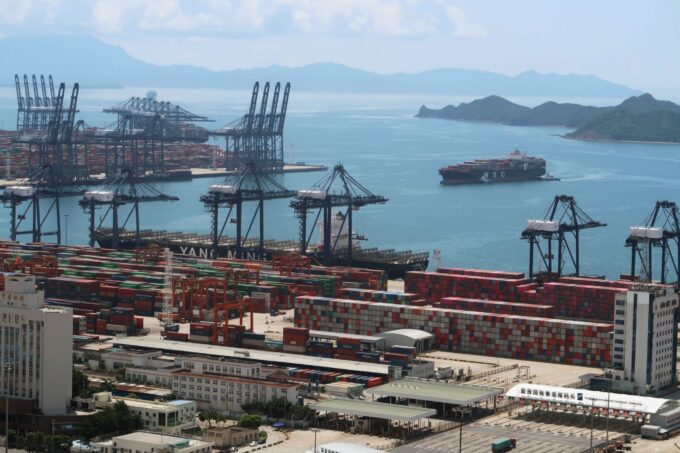Economic growth always begins with effectively utilizing natural assets and a foothold in agriculture. However, nations do not grow by staying still.
A transition to manufacturing can make a big difference in the world in terms of whether or not a nation achieves long-term economic growth.
The globe was Europeanized in the nineteenth century. It was Americanized in the twentieth century. It is now being Asianized at a far higher rate than you might believe. Ever since the end of The Second World, Asia has seen incredible rapid industrialization. The most famous example was Japan’s rise to global industrial superpower status in the first postwar decades. Still, more lately, the spotlight has been on nations such as South Korea, Taiwan, and Malaysia.
The rise of Asia has indeed been rapid. The continent, home to the majority of the global total, has risen from lower – middle to center rank in a relatively short amount of time. By 2040, it is expected to create more than half of the global GDP and contribute to about 40% of world demand.
According to a new McKinsey Global Institute study, the global center of gravity is moving toward Asia. Today, the region accounts for a growing percentage of international manufacturing, finance, population, information, transportation, art, and resources. On seven of eight dimensions, worldwide cross-border flows are moving toward Asia, and the continent’s growth has become more wide-ranging and sustainable as its component economies progressively connect.
As a manufacturing powerhouse, Asia’s economy flourishes, and the country’s products appear everywhere. The majority of tags, tags, and stickers on a wide range of products state, “Made in China.” As a result, it’s natural for Western consumers to wonder, “Why is everything created in Asia?”
Some may believe that the ubiquity of Asian items is due to the quantity of inexpensive labor, which lowers manufacturing costs, but there is much more to it. Aside from low labor costs, Asia has earned the moniker “the world’s factory” due to its robust business ecosystem, lack of compliance issues, low taxes and levies, and strong currency practices. Each of these critical aspects is discussed in detail below.
Reasons Why Asia Is The Worldwide Manufacturing Factory

Source:weforum.org
Economic Ecosystem
Manufacturing output does not occur in isolation but instead depends on networks of suppliers, parts suppliers, wholesalers, government entities, and consumers who are all engaged in the production process via collaborative relationships. The Asian economic ecosystem has changed dramatically during the previous 30 years.
Shenzhen, for example, a city bordering Hong Kong in the southeast, has emerged as an electrical and industrial center. It has created a platform to sustain the production supply chain, including component makers, low-cost labor, technical staff, assembly providers, and consumers.
Presence Of Cottage Industries
Handicrafts continue to play a vital part in the economies of all Asian countries. They are not only substantial manufacturing activities in their own right, but they are also frequently the sole viable method of providing more jobs and raising the living standard for rural and urban populations.
There is significant room for growth in light of the rising global demand for traditional Asian cottage industries and Asian crafts. Significant advancements were achieved in marketing these products in more prosperous nations during the late 1980s. Nonetheless, some have expressed ethical concerns regarding the use of child workers in these sectors, such as carpet production in South Asia.
Engineering And Heavy Industry
Asia’s diverse mineral reserves serve as the foundation for several metallurgical industries. Some, like Russia’s Siberia, rely on native resources, but others, like Japan’s steel industry, rely on imported ores.
China and Japan are the world’s largest steel manufacturers, ranking first and second, respectively; other prominent Asian steel manufacturers include Siberia, South Korea, India, Taiwan, and Turkey.
Even though steel demand is expanding in other nations, Japan, China, South Korea, India, and Taiwan are the major steel users. Japan, China, and India are among the leading manufacturers of metallurgical coke on the continent.
Lower Wages

Source:Shanghai.com
Asia is the most populated continent in the world, with over a billion people. Furthermore, until the late twentieth century, most Asians were rural, lower-middle-class, or destitute, with internal migration flipping the continent’s rural-urban distribution. These newcomers to industrial cities are frequently eager to work multiple shifts for minimal pay.
However, this situation appears to be changing, as more provinces report raising their wage levels in response to rising living costs.
Guangdong, China’s most extensive economic jurisdiction, raised its minimum salary by over 10% in 2024, to up to 2,360 yuan each month. Shanghai has the highest minimum hourly wage among 31 provinces as of 2024 (2,590 RMB per month).
The immense labor pool in Asia allows for bulk production, cyclical industry requirements, and sudden demand schedules increases.
Multilocal Innovation Levels
The network of creativity in Asia is far more localized than the network of industrialization. We are witnessing the creation of “multilocal networks,” driven by homegrown talent but backed by provincial capital. In other words, the services are suited to local customers and regulations and are typically developed by local entrepreneurs.
Advanced Asia and China have established solid, innovative pillars, including a base of substantial existing enterprises and organizations that provide cash and expertise to enable innovation in other Asian economies. They have substantially spent and reinvested in innovation and amassed significant intellectual property.
Emerging and frontier Asia presents enormous prospects for deploying established business models, money, and novel concepts.
The Takeaway

Source:eastasiaforum.org
Asia is a significant crossroads for human flow, and its prominence is growing. The need for services, particularly tourism, is increasing. At the same time, Asia is becoming a more powerful cultural force. In contrast to earlier times, when the territory mainly was a beneficiary of Western culture, with Asian inhabitants ardent consumers of Hollywood films and British pop music, cultural flows now occur in both ways.
A concerted effort to sustain growth is required to maximize Asia’s expanding scale and relevance in the global economy. Policymakers must respond to hazards, such as natural influences and address skill shortages.

